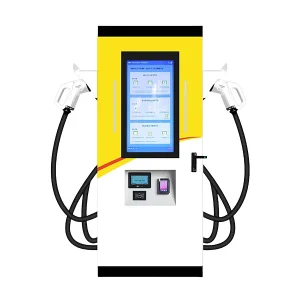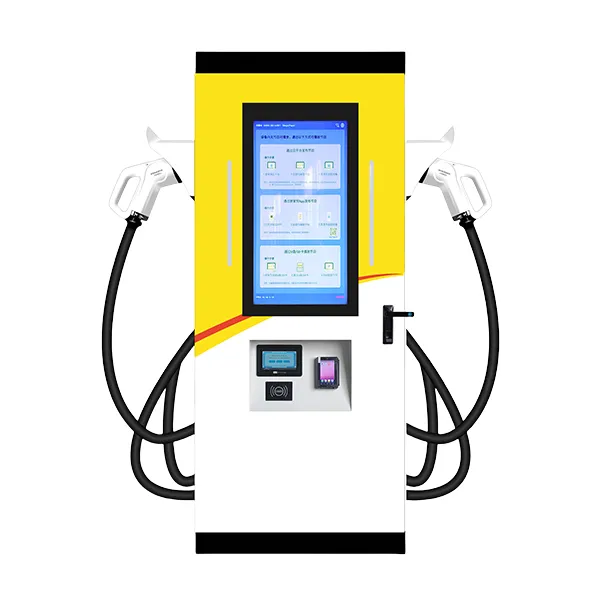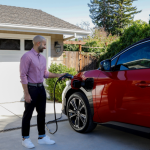Introduction
With the global rise of electric vehicles (EVs), understanding charging levels is increasingly important. Different charging levels offer varying speeds and use cases, helping EV owners choose the right charging solution for their needs. This article explores the three main EV charging levels: Level 1, Level 2, and DC Fast Charging.

Level 1 Charging
Level 1 charging is the most basic method, using a standard 120-volt AC household outlet. Its power output is typically around 1 kilowatt (kW), making it the slowest charging option. For a battery electric vehicle (BEV), charging from empty to 80% can take 40–50 hours, while a plug-in hybrid electric vehicle (PHEV) may take 5–6 hours.
-
Pros:
-
No additional installation required; uses standard outlets.
-
Ideal for short commutes or occasional charging.
-
-
Cons:
-
Very slow charging speed, unsuitable for long trips or daily commuting.
-
Level 2 Charging
Level 2 charging uses 208–240-volt AC power, with outputs ranging from 7 kW to 19 kW. It’s significantly faster than Level 1, charging a BEV from empty to 80% in 4–10 hours and a PHEV in 1–2 hours. Level 2 chargers are common in homes, workplaces, and public stations.
-
Pros:
-
Faster charging, suitable for daily use.
-
Widely available in homes and public locations.
-
-
Cons:
-
Requires professional installation, increasing upfront costs.
-
DC Fast Charging (Level 3)
DC Fast Charging is the fastest option, with power outputs from 50 kW to 350 kW, capable of charging a BEV to 80% in 20 minutes to 1 hour. It’s primarily used in public locations for quick top-ups during long trips.
-
Pros:
-
Extremely fast, ideal for long-distance travel.
-
Reduces charging wait times.
-
-
Cons:
-
Higher costs for installation and use.
-
Not all vehicles support the highest power levels.
-
Choosing the Right Charger
The best charging level depends on your driving habits and budget:
-
For short commutes and home charging, Level 1 may suffice.
-
For faster charging, especially for daily commuting or occasional long trips, Level 2 is ideal.
-
For frequent long-distance travel, DC Fast Charging offers convenience, but consider costs and vehicle compatibility.
Conclusion
Understanding the features and use cases of different charging levels helps you plan your EV charging strategy. Whether you’re a new EV owner or a seasoned driver, choosing the right charger enhances your driving experience.
References
-
US Department of Transportation – EV Charging Basics


